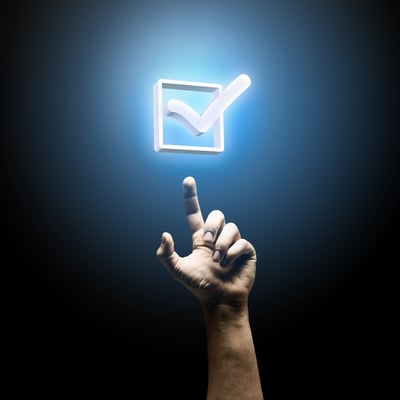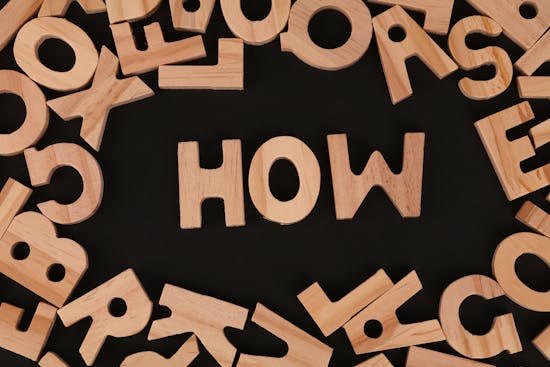
A talented hire walks into your company, crushes milestones, lifts the whole team’s momentum, and then walks right out the door six months later. Sound familiar?
In fast-growing companies, this cycle repeats itself more often than leaders care to admit. Speed can mask fractures in culture, and when recognition is treated like an afterthought, even your top performers start eyeing the exit.
But what if loyalty wasn’t about perks or ping pong tables and instead came down to a well-timed thank-you tied to real impact? Recognition programs aren’t just feel-good gestures. When done right, they recalibrate retention, boost morale, and scale your culture in tandem with your headcount.
So, if your org is sprinting toward growth, let’s unpack how strategic recognition keeps your best players in the game.
The Retention Equation: What the Data Shows

Retention isn’t magic. It’s the result of creating an environment where employees feel seen, respected, and motivated to stay.
In fast-growth companies, where burnout risks are high, and clarity can get lost in scaling noise, recognition helps anchor people.
Companies that implement structured recognition initiatives often report:
- Increased employee engagement scores in internal surveys
- Reduced voluntary turnover, particularly among high-performers
- Shorter onboarding-to-productivity timelines due to boosted morale
- Fewer HR disputes related to perceived favoritism or miscommunication
- Higher participation in mentoring, training, or internal mobility programs
These aren’t just anecdotal wins. The consistency of positive outcomes around recognition has led many HR leaders to prioritize program development as part of overall retention strategy, especially in industries where growth creates natural instability.
Types of Recognition That Work in High-Velocity Environments

Not every recognition program lands the same way. Some fall flat because they’re too generic. Others get abandoned because they feel performative or inconsistent. The most successful companies tailor culture and recognition to match team dynamics and employee values.
1. Peer-to-peer recognition platforms
These allow employees to celebrate each other in real-time. When integrated with Slack or internal dashboards, they create a visible stream of appreciation that builds camaraderie.
2. Milestone-based acknowledgments
Recognizing tenure or project completions creates a culture of intentional celebration. No matter how you do it, what matters is consistency.
3. Manager-led spot bonuses or shoutouts
These give supervisors autonomy to highlight wins without waiting for formal reviews. Manager visibility boosts impact.
4. Formal service awards
Especially relevant as companies mature, service anniversaries anchor loyalty. Giving out awards reinforces belonging. When choosing a physical award, this years of service recognition guide breaks down how to select meaningful and durable tokens that align with your brand and culture.
5. Company-wide recognitions tied to values
These programs reward behaviors aligned with the company’s mission or guiding principles. Examples include “collaboration champion” or “customer hero” awards. Over time, these shape how values show up in daily work.
What Leaders Need to Get Right

Recognition programs only work when they’re not just performative. If employees suspect that awards are handed out to curry favor or if the same names always appear, trust erodes. To build lasting impact, leaders should:
- Ensure clear criteria for each type of recognition so employees know what excellence looks like
- Solicit feedback on what kinds of recognition people actually value
- Make recognition public when possible, but personal when appropriate
- Track participation and sentiment to evolve programs over time
- Include recognition as part of manager training so it doesn’t fall through the cracks
In high-growth environments, trust can fray under the pressure of speed. Recognition gives teams a way to reset, reconnect, and re-energize around shared wins.
Selecting the Right Tools for Recognition Longevity

When it comes to physical awards or formal acknowledgments, the choice of item matters more than many think. A rushed gift card can feel like a checkmark. A thoughtful, tangible token becomes a memento of trust.
For companies at scale, choosing recognition items that reflect brand identity and can evolve with tenure length is crucial. Tools like:
- Customizable trophies
- Certificates framed with team photos
- Custom swag built around employee input
Add staying power.
How the Best in Business Are Using Recognition to Scale Culture

A number of standout companies have proven that recognition isn’t just a feel-good initiative. It can drive real culture alignment.
Recognition also plays well with other growth strategies. When coupled with:
- Career development plans
- Leadership tracks
- Employee-led initiatives
- Upskilling and certification support
- Clear internal mobility pathways
It becomes a compounding force. People stay because they feel they are not just working but growing.
Keeping Culture Sticky in the Growth Phase
Recognition can’t replace compensation or fix broken communication. But it’s one of the few tools that’s both low-cost and high-impact.
When recognition becomes a habit, not hype, employees do more than stay. They thrive. And in today’s competitive market, that’s the edge that separates companies who burn out from those who break through.